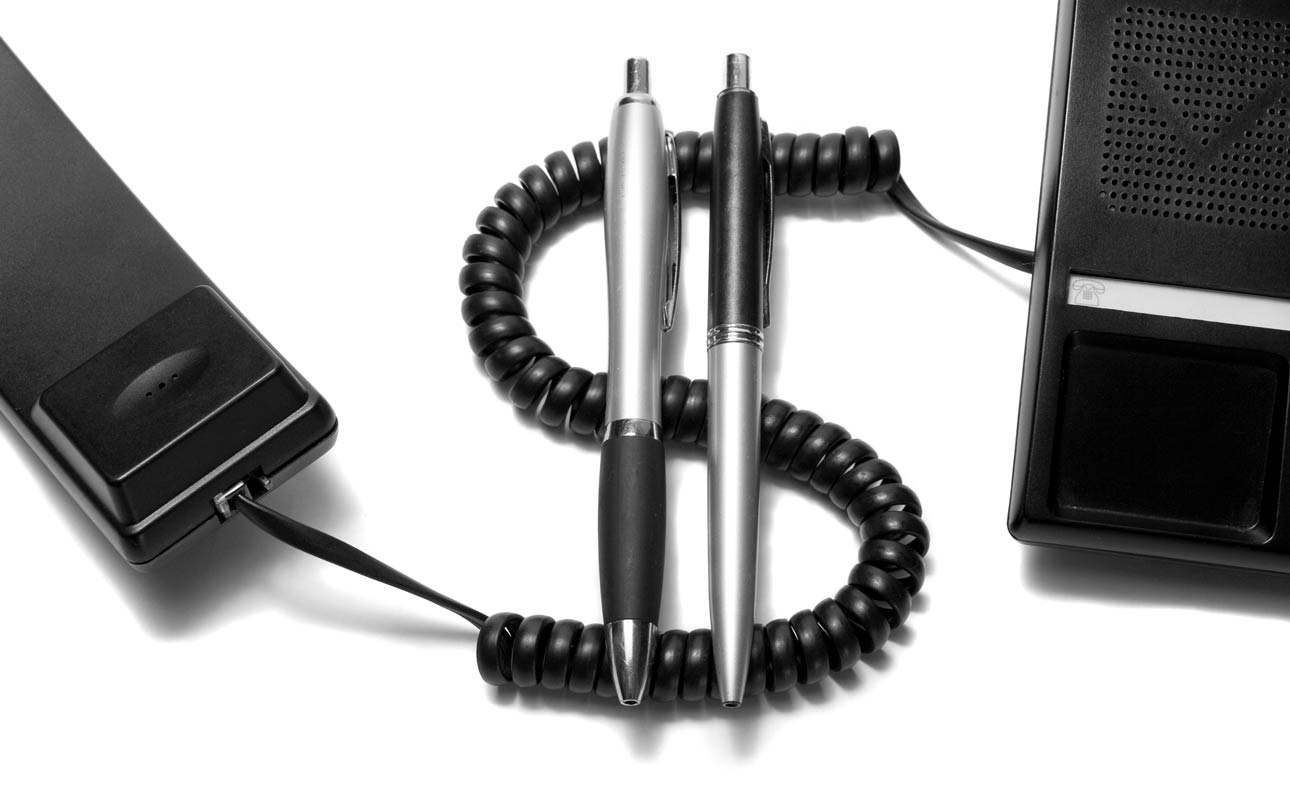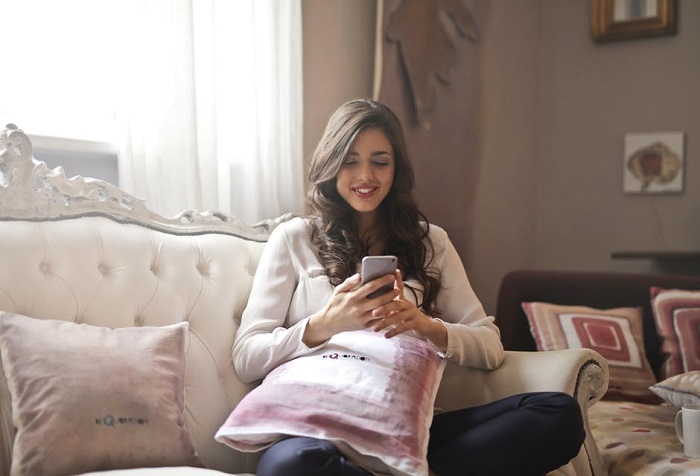Landlines explained: what to know about home phone service pricing and options

Having a phone is a necessity these days. It’s a driving form of communication in all our work and personal lives. While mobile phones may be winning the popularity contest, there are valid reasons to keep or bring back a home phone. And it might surprise you to learn that you can have a home phone for pennies a day. Which begs the question, “How much is a landline phone per month?”
How much should I pay for a landline?
While the answer should be easy to find, it’s a bit complicated. And alternative solutions are available, like Ooma’s residential VoIP phone service. Let’s explore.
Landline phone basics
A landline or POTS (plain old telephone service) connects telephone calls through analog voice transmission and copper wires. Traditional landline phones have existed since Alexander Graham Bell invented the telephone in 1876. However, with the emergence of mobile devices, VoIP services and the recent Federal Communications Commission (FCC) order that played a big role in the copper sunset, landlines are quickly becoming dated.
Is it even possible to still get landline service?
With the FCC order declaring that service providers are no longer required to offer POTS services, finding landline service is getting tough. Some areas no longer offer traditional landline phone service. And now that pricing is unregulated, it’s all over the place.
How much should I pay for a landline?
To answer the question, “How much is a landline phone per month?,” the flippant reply is, “Much more than a VoIP phone system.” But that doesn’t help if you’re wondering how much you should expect to budget for a landline. The answer is roughly between $20 and $60 a month. However, some advertised prices require that you pair, or bundle, phone service with an internet or cable plan. And sometimes you don’t even get a true landline but a VoIP line. Costs can be even higher if you want a POTS line without any other service.
Pros of a landline phone
While many people opt to go completely mobile, there are still some benefits to using a home phone. They include:
- Little to no dropped calls
- Better sound quality
- Address-based 911 services
- Low international calling rates
- One centralized phone number for everyone in the home
Cons of a landline phone
On the flip side, many people do without a traditional analog landline for various reasons, including:
- Aging technology and infrastructure
- Unregulated prices
- Limited and costly features
- A cellular or VoIP phone already fills their communication needs
VoIP basics
A VoIP line is a dramatically cheaper alternative to a landline and comes with many perks. But what is VoIP?
Voice over Internet Protocol is telephone service transmitted over the internet instead of traditional copper wires. However, it still operates with traditional phone hardware, and many consumers opt to replace their POTS line with a VoIP line because of lower prices and more features.
VoIP costs
VoIP services are often much cheaper than traditional landlines. In fact, Ooma offers a free residential VoIP line. While you will still pay taxes (between $4 and $7 a month) depending on your ZIP code, the service itself is free. Ooma also offers a Premier plan with more features, for just $9.99 per month—also considerably cheaper than a traditional landline phone service.
VoIP providers require specific technology to set up VoIP phone service. Ooma has Telo, a base station that users connect to their internet router. You purchase Telo for a one-time cost starting at $99, and then the service is either free or $9.99 per month, depending on the plan you choose.
Pros of VoIP
There are a ton of reasons to switch to a VoIP line. And VoIP comes with a ton of perks. With Ooma’s residential VoIP plans, you get a free mobile app so you can make calls and retrieve your voicemail when you’re away from home. Other Ooma Basic line perks in most cases include:
- Free calling in the U.S.
- Ability to keep your phone number
- Call blocking
- Address-based 911 services
- Free mobile app
- Easy set up in less than 15 minutes
- Crystal clear, HD audio
- Low international call rates
- Works with analog phones
- Smart home integration
- Caller ID
- Voicemail
- Call logs
When you move up to the Ooma Premier plan, in most cases you also get:
- An instant second line
- Known and suspected spammer call blocking
- Free calling to Canada and Mexico
- Voicemail audio attachments sent to your email
- Advanced mobile app features
- 3-way conference calling
- Call forwarding to a backup number during internet or power outages
Cons of VoIP
VoIP phone service requires reliable internet service, which may not be available in all areas.
The biggest cost associated with VoIP phone service is generally the hardware to set up your VoIP line. For example, at Ooma, the price ranges from a one-time cost of $99 to $129.
VoIP & landline price comparison
Even with the hardware price, a VoIP residential phone line through Ooma is almost always much cheaper than a traditional phone line. Let’s say the average traditional phone line is about $40 a month plus roughly $50 for a basic cordless phone, you’re looking at about $530 for the first year. Even if you spring for Ooma’s Premier plan at $9.99 per month and purchase Telo for $99, plus a basic cordless phone for $50, you’re paying just $269 for the year. That’s nearly half the price of a traditional phone line and your cost savings will be even greater in the following years.
To learn more about this affordable alternative and Ooma, a major provider of VoIP phone services, visit Ooma Telo.



